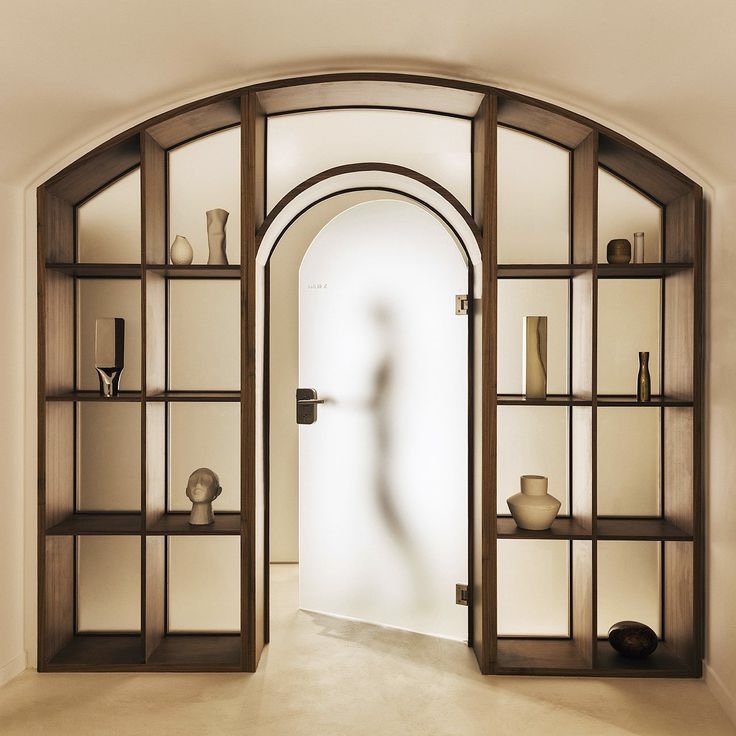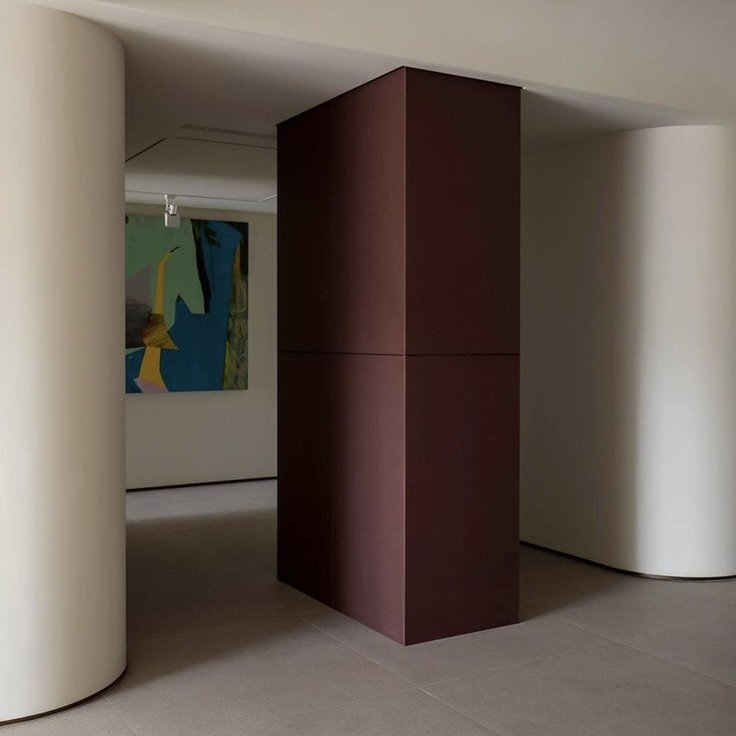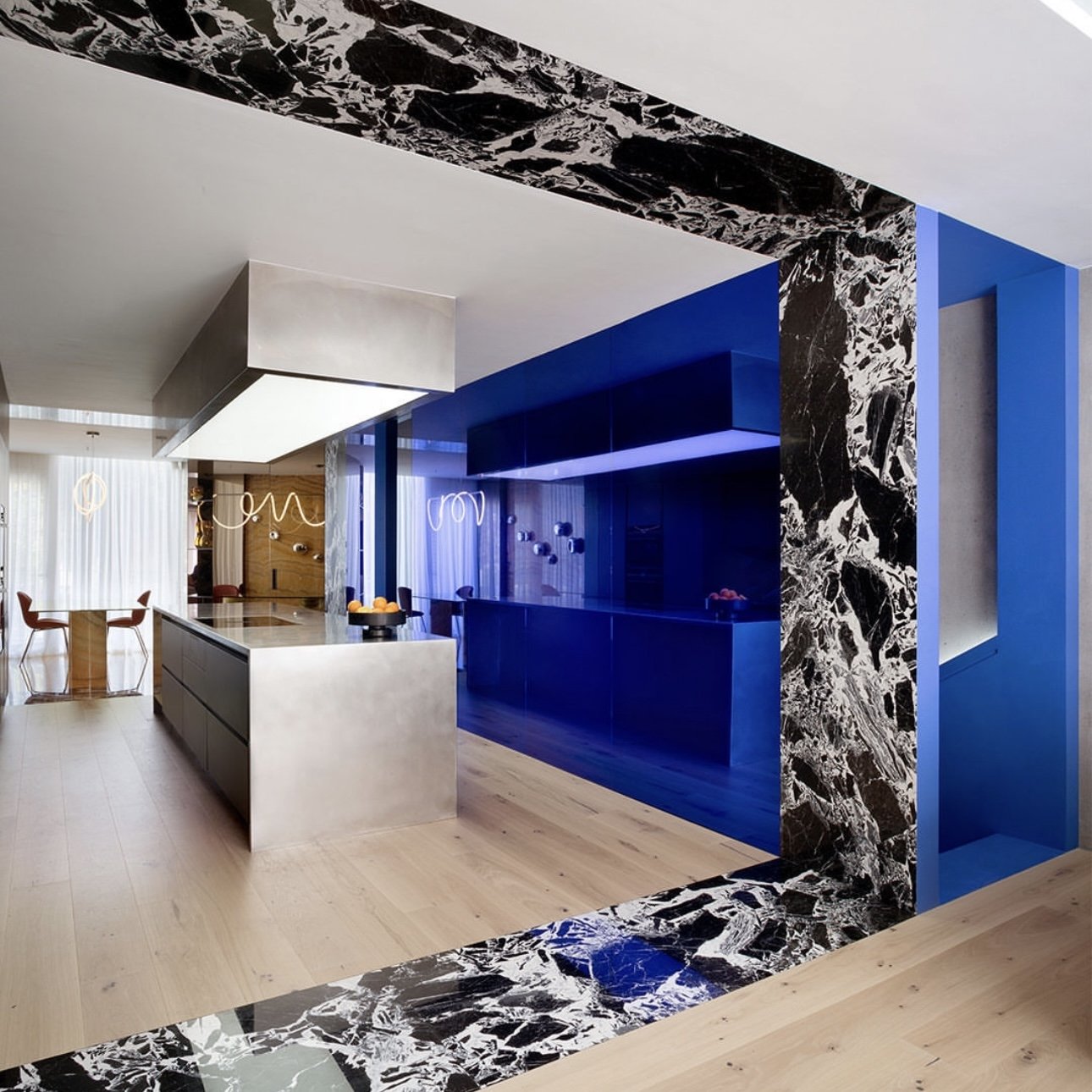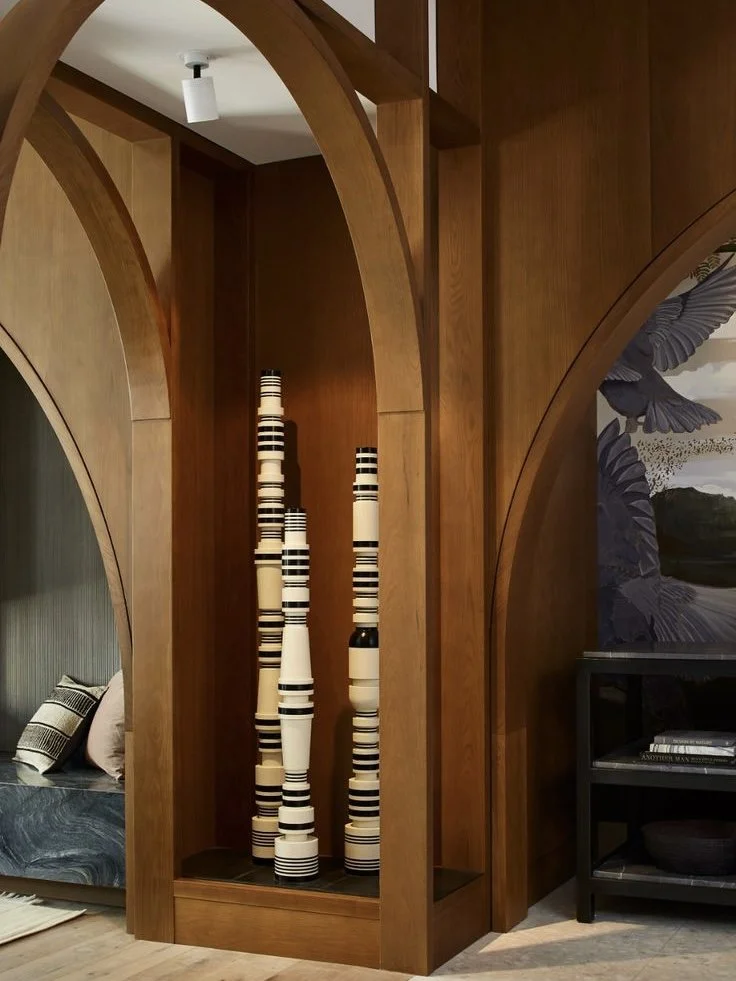THE IMPACT OF THRESHOLDS
In architecture, a threshold is a design concept that has been and continues to be defined in many ways. While the dictionary definitions seem to range, the root of the meaning can all be connected to transition. Physically a threshold is often defined as an end or boundary, or the place or point of entering or beginning. Other definitions place threshold as the point at which a physiological or psychological effect begins to be produced or a level at which something will or will not take place.
Let’s consider for a moment a possible origin of this word. Although not known for certain if the meanings are connected, if we reduce the word threshold to the word thresh, we arrive at a meaning of “separating a seed from a harvested plant.” In this process a seed is reaching its maturity in growth and either, naturally would fall to the ground or in this sense, be plucked from the plant. It is a separation - a transition. A movement from what was, to what will be.
So, regardless of how we seek to apply the word threshold, we can see that there are many ways of expressing the same sentiment from different perspectives. But how is this important in interior design? From a construction view point, a threshold is a metal or wood cross piece that extends across the bottom of your door sill. While some also define a threshold as the entire door or entryway. If we expand on these literal definitions as more than simply an entrance or doorway, but instead as a space that links spaces - a transition.
The movement from one space to another has much greater impact to the whole footprint than simply a way to move from A to B. Besides this obvious physical passage, considerations of how a threshold can affect the overall environment are vast. They present a HUGE opportunity to make an impressive design and experiential impact! How thresholds are approached can alter the visual aesthetic, the acoustics, the way light and air flows, the way movement is directed, and can deeply influence the entire feel of a space.
For example, in certain applications, thresholds can help maintain seamless transitions throughout spaces. By carefully selecting materials and colours that complement both sides of a threshold, you can create a seamless flow that enhances the overall aesthetic of a space. In other instances, thresholds can be used to create definition. In open-concept designs, thresholds can help define spaces without the need for walls. Using different floor materials, textures, or patterns at thresholds can subtly separate areas, while still maintaining an open, cohesive layout. Contemplate practical applications as well, such as creating a barrier-free environment to improve accessibility or using thresholds to hide integrated technology. And on the conceptual side, thresholds can also offer an opportunity to become a focal point, drawing attention and significance to a transition.
Till Boettger, architect and lecturer at the Department of Design and Interior Design of the Bauhaus-University Weimar, observes that “thresholds are spatial conditions that create openings in boundaries allowing for movement and transition in space.” This “spatial ambivalence between opening and closing and at the same time creates the expectation of what is to come.” It is no wonder that thresholds have come to be viewed as symbolic doorways or portals across many different cultural traditions, rituals, and passages. When we find ourselves in life arriving at these figurative thresholds, or doorways, we are pausing in a space between who we were or where we were and who we are becoming or where we are going. Much akin to the seed being removed from its shell and plucked from the plant, we are shedding our skin.
So, while this may seem like a heavy consideration when simply designing a transition from a kitchen to a dining room - the way we live, breathe, move, and feel within and throughout our spaces have significant impact on our lives, if we are aware of it or not. Whether it’s to connect or create a boundary, to open or to direct, or to draw attention and create impact, thresholds play an important role in this curation of space. Consider the difference, both visually and psychologically, between the soft curves of an archway versus a square frame. Or the way a singular type of flooring flows from one space to the next versus two materials meeting. Or the feel of an open space versus a door or a long corridor to link spaces. Each elicits a completely different feel that will radically change not only the way a space looks, but how those moving throughout it feel.
So, what is this abstract concept of a threshold? Is it a door sill or frame? An opening or a barrier? Inside or outside? A beginning or an end...or even a space in between? A threshold is perhaps all of these and usually all at the same time.










